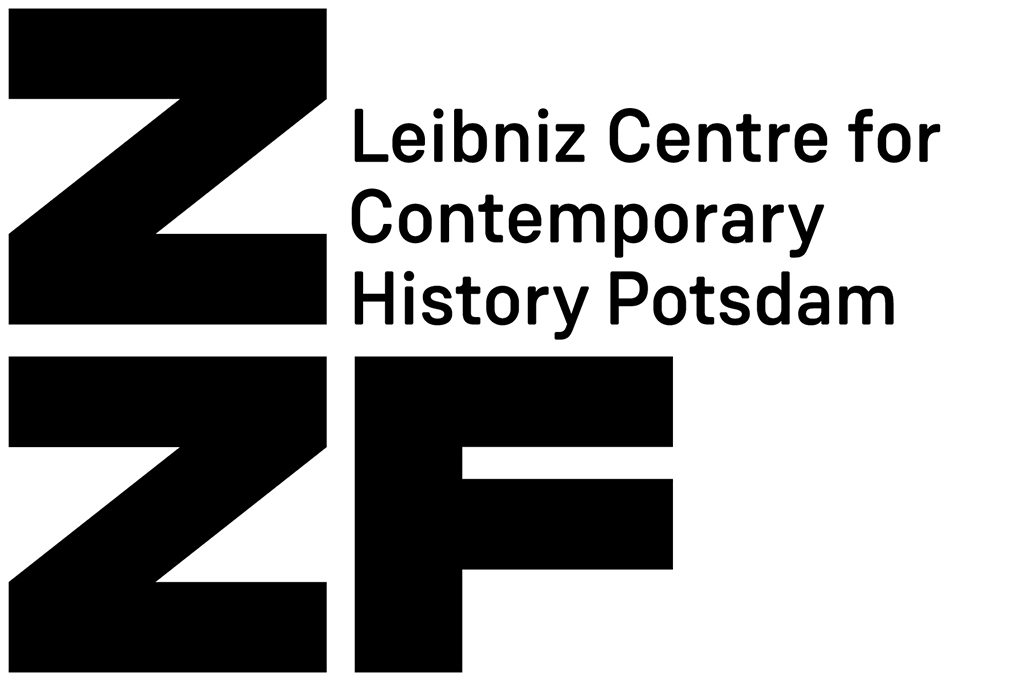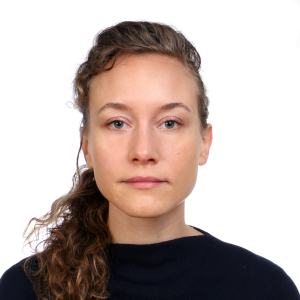Research project
During the decolonisation era, the so-called ‘Third World’ was the subject of a drive for greater diversity in global journalism. Deemed to largely have been ignored in world news, reporting by correspondents from decolonising or newly independent states was at the heart of several leftist news agencies. The project focuses on the Inter Press Service (Rome, 1964 - present), especially its ‘Third World’ branch, and the Gemini News Service (London, 1967 - 2002). While based in the North, these agencies proudly insisted on the Southern perspective of their correspondents to sell material to newspapers and other institutions all over the world, trying to compete with established agencies with colonial legacies, such as Reuters and Havas/Agence France Presse. My project investigates the possibilities and constraints that existed for alternative reporting both in terms of the stories that were worth telling as well as the people who had the authority to tell them. It considers a time when alternative news was at the immediate suspicion of being either Western or Eastern propaganda, and the overall quantity of available information was seen to be quickly rising in the Global North while continuing to be inadequate in the Global South.
The interactions and shifting boundaries between alternative and established news agencies bring several developments into focus. By considering career trajectories of correspondents between different media, the project asks to what extent alternative narratives and practices gained wider acceptability. Concurrently, it asks to what extent Third-World narratives and actors were subject to new limitations and expectations. Over time, 60s-era alternative news agencies turned from overtly political enterprises seeking to portray the world in a new light into niche services delivering content on processes labelled as ‘development,’ as well as stories about relatable individuals labelled as ‘human interest.’ This meant the portrayal of countries in the Third World moved from one emphasising difference and new narratives to one that emphasised the essential similarities of people around the world. By considering the actors and practices involved in such shifts, the project contributes to understanding how Third-World-reporting came to be subsumed under the category of development, as well as a changing ways of relating to faraway people in the second half of the twentieth century.

